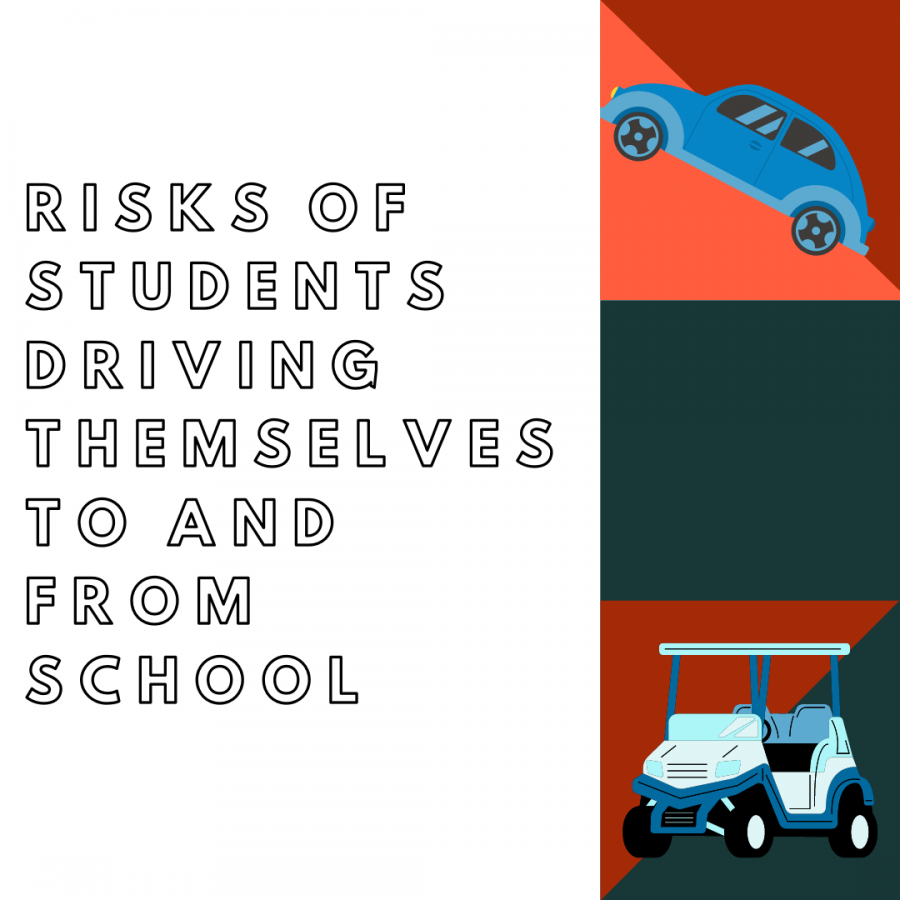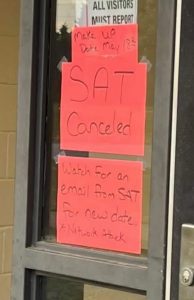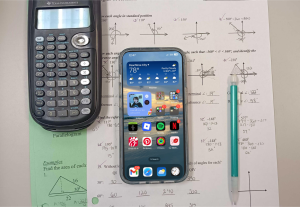Risks of Students Transporting Themselves
Graphic designed by Savannah Hayes, on the risks of students driving themselves to/from school.
Sep 23, 2021
Chances are, you know someone at McIntosh who has been involved in a golf cart accident. Chances are higher you’ve been involved in one yourself. The largest proportion of drivers involved in fatal crashes are among the age group 15-19, which is the majority of the age group that attends MHS. Of this statistic, 10 percent of the drivers were reported as distracted during the crash time.
For perspective, about 773 McIntosh students drive themselves to school, according to bookkeeper Shawanda Reeves-Johnson. Of those 773, as of Sept. 13, about 480 students drive golf carts to school whereas 293 are in cars. In the state of Georgia between the years of 2018 and 2019, there were a total of 345 fatal crashes according to the U.S. Department of Transportation’s Fatality Analysis Reporting System (FARS). Many risks influence these statistics such as speeding, the wearing of seat belts, distracted and drowsy (also known as sleep-deprived driving).
Students do not always feel safe driving with friends; however, they still feel as though they can ride with friends because it is more enjoyable than other means of transportation.
“It’s fun to drive with your friends even though it is not always the most safe,” said Anna Zhou (10). Zhou specifically points to a behavior that she considers unsafe: “[W]hen they don’t stop at stop signs,” but even so, “it’s nice to hang out with them.”
Students are willing to risk their safety and, how safe they feel, all to hang out and have fun with their friends.
Though this is an important topic, other things can risk students, and their peers’ safety while on the roads or paths. Like the influence of the amount of impact that student drivers have on motor vehicle crashes that occur by speeding. If a student is running late to school, it can be quite easy to get around by speeding to make up the time. This can affect the driver’s ability to pay attention to the task at hand.
Going right along with time and speeding students not wearing seat belts. With a student being distracted or running late to school, they can easily forget to throw on that seat belt. About forty-five percent of teen drivers in the year 2019 that did not make it, were unbuckled or did not wear a seat belt. Seat belts are not only there for looks they can have a great impact on automobile safety.
Students like Owen Doyal, a senior said that “it’s their [the teenagers] fault” this being regards to the statistics revolving around the teenagers’ deaths emphasize their decision on not wearing their seat belts.
“[S]eat belts are like a big thing in helping you from falling out of the car, and that’s important,” freshman Lyric Henderson.
Both Doyal’s and Henderson’s quotes give that seat belts are a choice that students get to make and that they have a great role in keeping people safe. So though students may choose not to wear their seat belts, it is still an important factor in the statistics revolving around students involved in crashes.
Distracted driving can really affect the safety of a driver as well as the passengers in the vehicle. Not only can distractions lessen your attention to whether or not you wear a seatbelt, but they can also affect how a driver is viewing the road. Not only can passengers be at risk due to distraction, but they can also be and add to said destruction. Having friends or family members inside your vehicle talking and trying to have a conversation with a driver can greatly distract them from their driving.
Lots of teens have a busy schedule between school, extracurricular activities, and potential jobs, so it is hard to get an adequate amount of sleep. Sleep is very important in not only a student’s academic performance but also their driving ability. It goes right there along with distractions, drowsy driving is very risky as to the lack of sleep and lack of attention paid to actually driving. A study was conducted that concluded if school times were to be moved later that this would not only improve academic and athletic performance it would also improve teen driving safety.
“I think that it is a good study, and smart to start school later as student[s] will not be driving in the dark,” said sophomore Lana Mayes in regards to this study.
Students’ ability to see the road is important in driving safely and defensively, Mayes has a good point in bringing visibility into consideration.
Not only are all of these reasons as to the risks of student drivers driving themselves to and from school, but they can also lead to how students feel about their safety.
When asked about her means of transportation to school sophomore London Whilby said “My mother and or friend drives me”
Whilby then said “As long as she [my mom] wears her seat belt, and as long as my friend does not drive along the road we got hit on last time” in regards to how she feels in safety with these means of transportation.
“I feel like it’s [students being able to drive is] good, because it gives them freedom; however, their [students] lives are on them,” said freshman Ava Cook.











